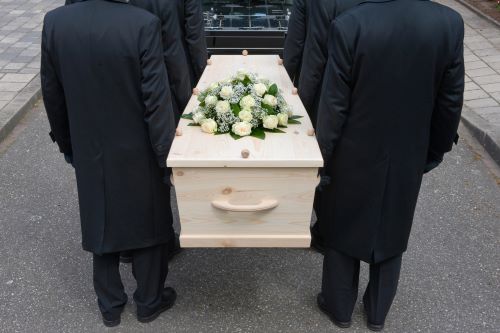

The cost of death services has long exasperated Americans.

By Michael Waters
Editorial Intern
Washington Monthly
When Lamar Hankins’ parents bought four cemetery plots in 1960, they believed they were securing a place for themselves and their two children to be buried forever. The location seemed ideal: Greenlawn Memorial Park—just a few miles from Hankins’ childhood home of Port Arthur, Texas—had been family-run since 1898.
In 1998, however, a conglomerate called Service Corporation International (SCI) bought out the cemetery. Because SCI did not change its name, Hankins and his family didn’t know about the sale until they showed up two years later to bury Hankins’ brother. At first, Hankins didn’t think much of it. He had a good rapport with the longtime owner, who still worked there, and the burial went without a hiccup.
But after the owner left, his next experience there was different. Hankins returned following the deaths of his mom in 2008 and his dad in 2011, when SCI told him that the state of Texas required him to pay a “second interment fee” to combine their ashes into one cemetery plot. It also said he had to purchase a polystyrene covering for his mother’s remains, which together totaled $1,200.
To the benefit of cemeteries and funeral homes, many grieving Americans just accept these extra charges in order to put their loved ones to rest. If, like Hankins, their family already purchased a cemetery plot, the temptation to pay the fees and move on is strong. But Hankins was primed to fight back. He had worked as a funeral consumer advocate since 1993, so he knew the cemetery was lying to him. Texas had no such burial requirements.
READ ENTIRE ARTICLE AT WASHINGTON MONTHLY


